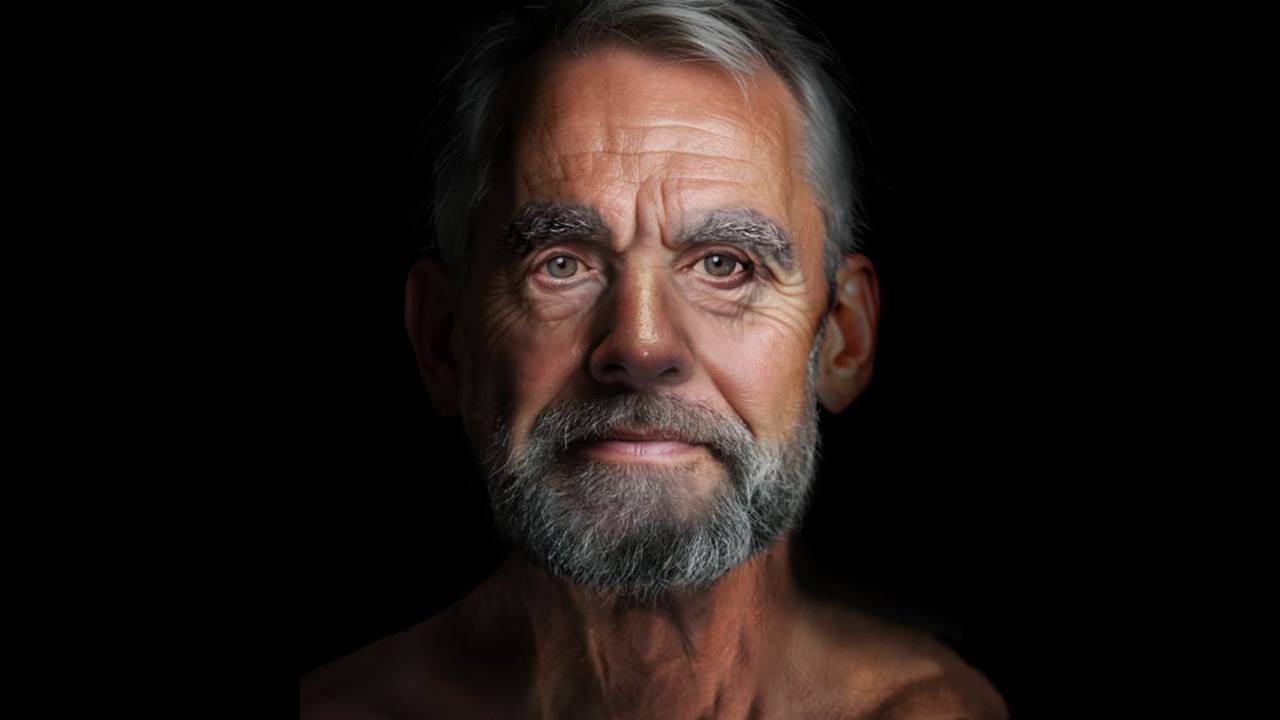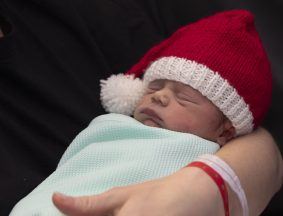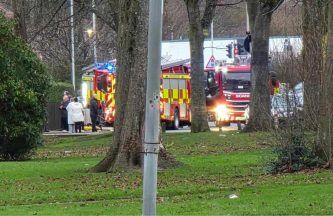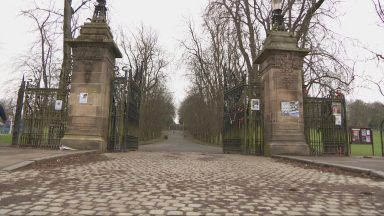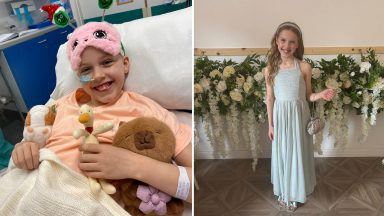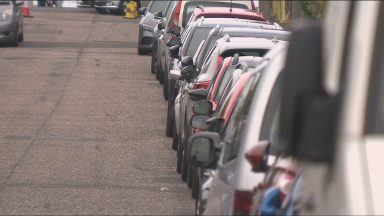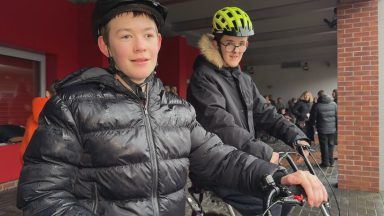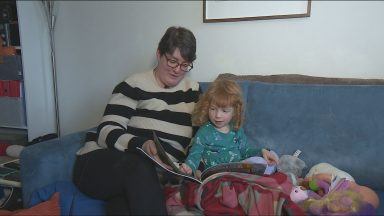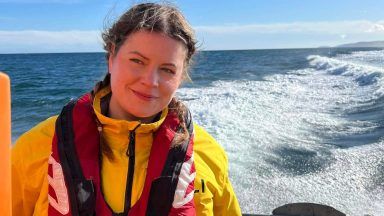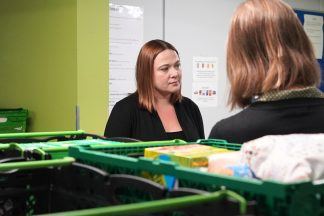A new exhibition at Edinburgh St Giles Cathedral is giving visitors the chance to come face to face with some of the city’s original inhabitants.
‘Edinburgh’s first Burghers’ delves into the lives of medieval citizens who were found in a burial site within the cathedral’s grounds.
Commissioned as part of Edinburgh 900 celebrations, new scientific research gives people the chance to learn about the origins, health and even diets of these ‘Edinburghers’ alongside animated facial reconstructions.
Originally excavated in 1981, these remains have undergone new detailed analysis using advanced methods including ancient DNA sequencing, isotopic analysis, radiocarbon dating, and forensic facial reconstruction.
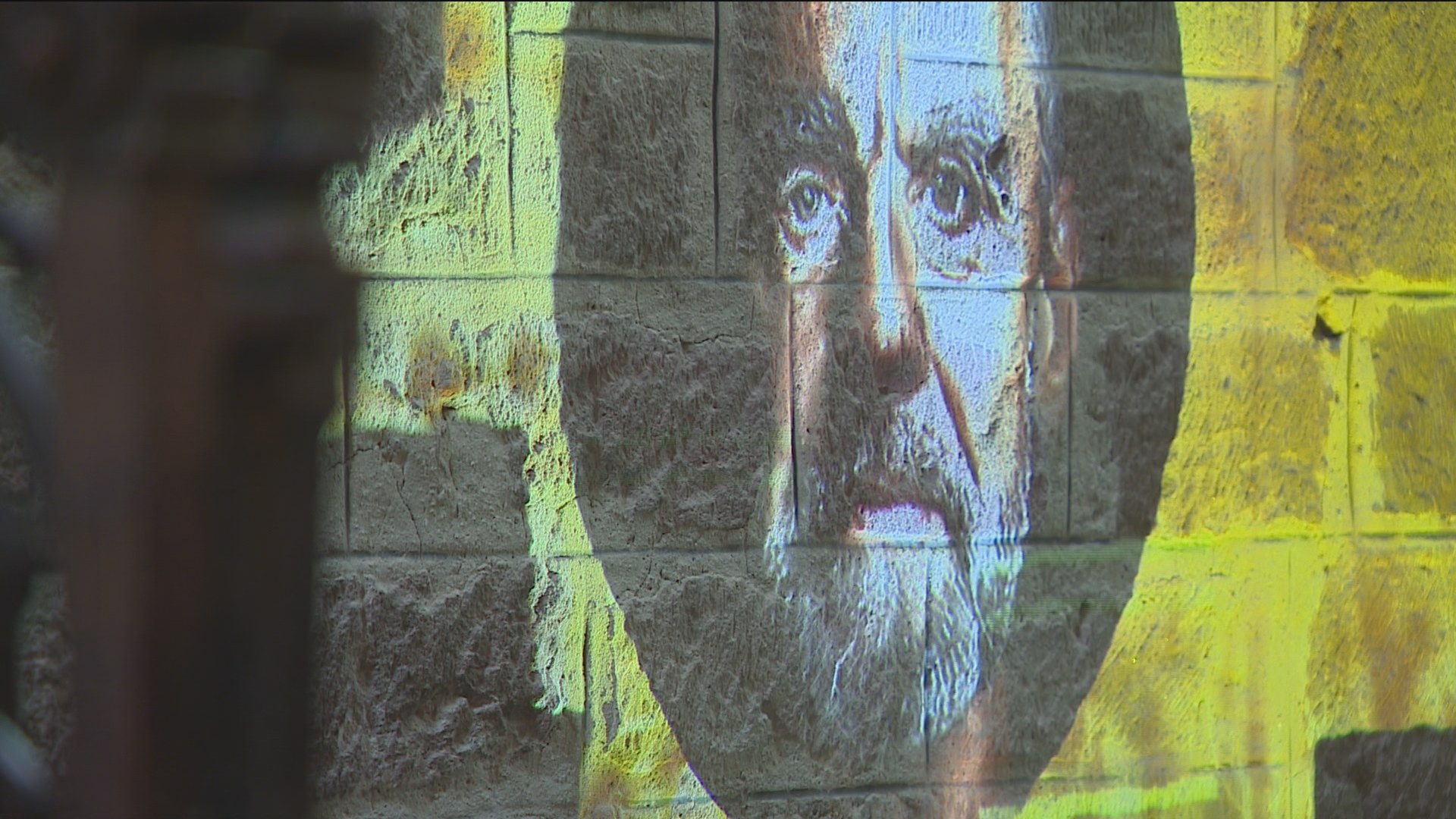 STV News
STV NewsCity of Edinburgh Council Archaeologist John Lawson said: “This has been a fascinating project that brings together new archaeological science and the creative arts to tell the story of Edinburgh’s first residents in an imaginative and exciting way.
“While we are accustomed to the tales of the famous and powerful, this project shifts the spotlight to the everyday citizens, telling their stories in the very place they once walked, worshipped, and were laid to rest.
“To honour their lives in such a meaningful location has been a rare and powerful opportunity.”
The exhibition invites visitors to explore the Cathedral’s medieval past in a new way – bringing faces and stories from Edinburgh’s early history to life.
Dr Maria MacLennan from the University of Edinburgh has designed five facial reconstructions of individuals who would have been among the first to call Edinburgh home.
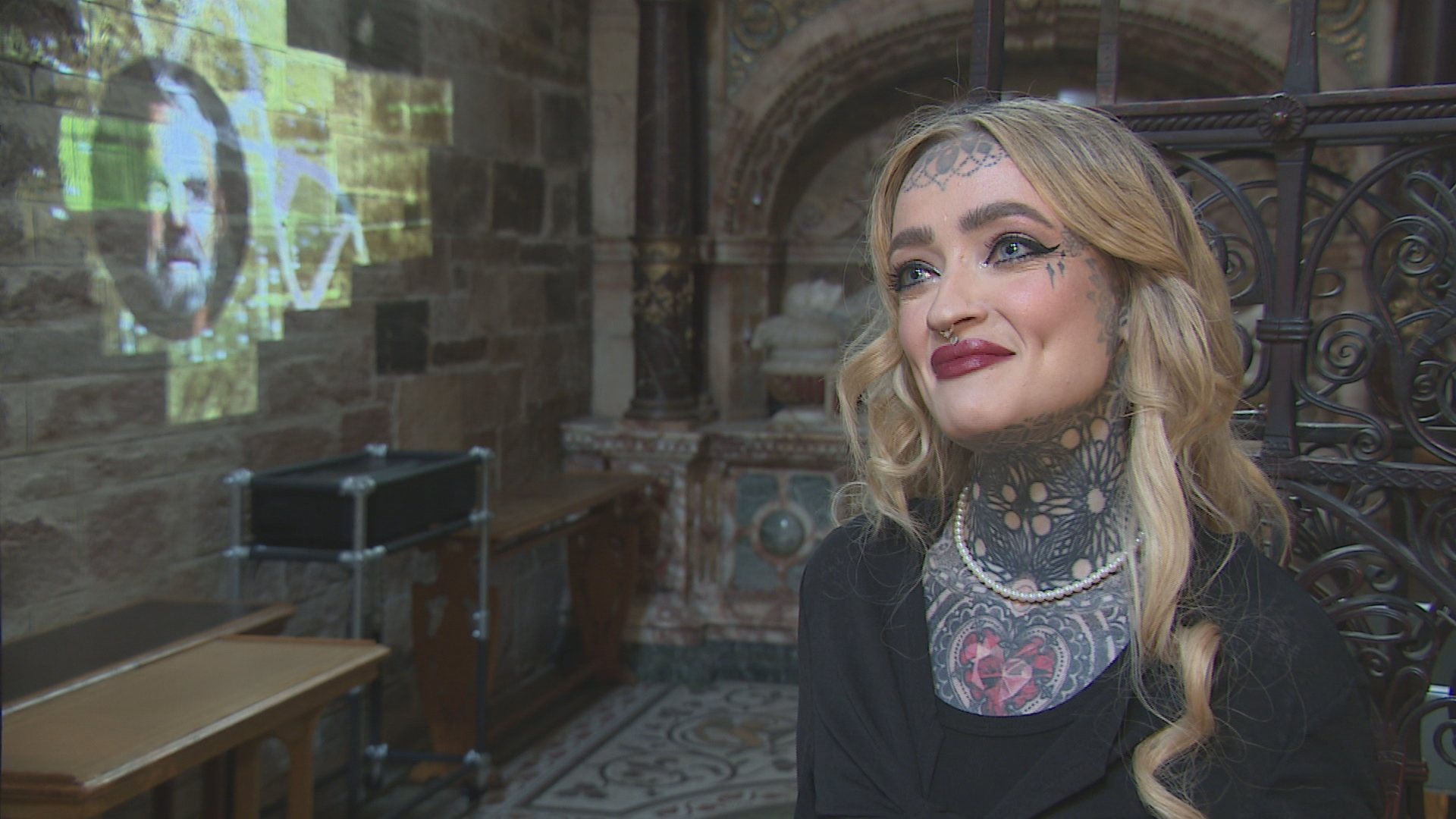 STV News
STV NewsShe told STV News it was a “really rewarding” project to work on, adding: “It has been an enormous privilege to contribute to such a fascinating and interdisciplinary project, which adopted a truly interdisciplinary approach requiring collaboration on the part of many.
“Each craniofacial approximation involved the marriage of archaeological evidence together with myriad scientific analyses undertaken by the research team, to help inform final facial appearance: forensic anthropology, radiocarbon dating, isotopic signature, DNA profiling, and forensic-artistic techniques.
“Craniofacial Approximation is a hybrid sci-art practice dedicated to restoring the face of an unknown individual from their skeletal remains. In archaeological contexts, as is seen here in St. Giles’ Cathedral, the practice is often an important means of restoring visibility, identity, and humanity to those long lost or forgotten, and/or in promoting education and encouraging public engagement with historical figures of interest from the past.
“For each reconstruction, I produced both a more ‘neutral’ face (depicting how the individual may present in contemporary day Edinburgh), in addition to a ‘historical’ face, depicting the individual dressed in clothing/artefacts typical of the time in which they lived.”
‘Edinburgh’s first Burghers’ is free to visit and will be open to the public until November 30 of this year.
Follow STV News on WhatsApp
Scan the QR code on your mobile device for all the latest news from around the country


